1. Kangaroos pack a powerful punch
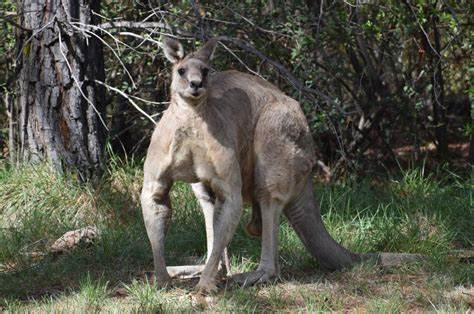
Image source: Reddit.com
You may be fooled into thinking that kangaroos are peace-loving animals, being vegetarian and all. But forget Skippy the Bush Kangaroo; you really don't want to be getting on the wrong side these outback powerhouses! Make a kangaroo mad and you could be in the firing line for a powerful kick or a swipe from claws sharp enough to slice open a person in seconds. Females carrying their joeys, or males vying for possession of females during courtship may see humans as a potential threat. So keep well away!
Original content at Quizzable.com
2. Saltwater crocodile: the smiling assassin
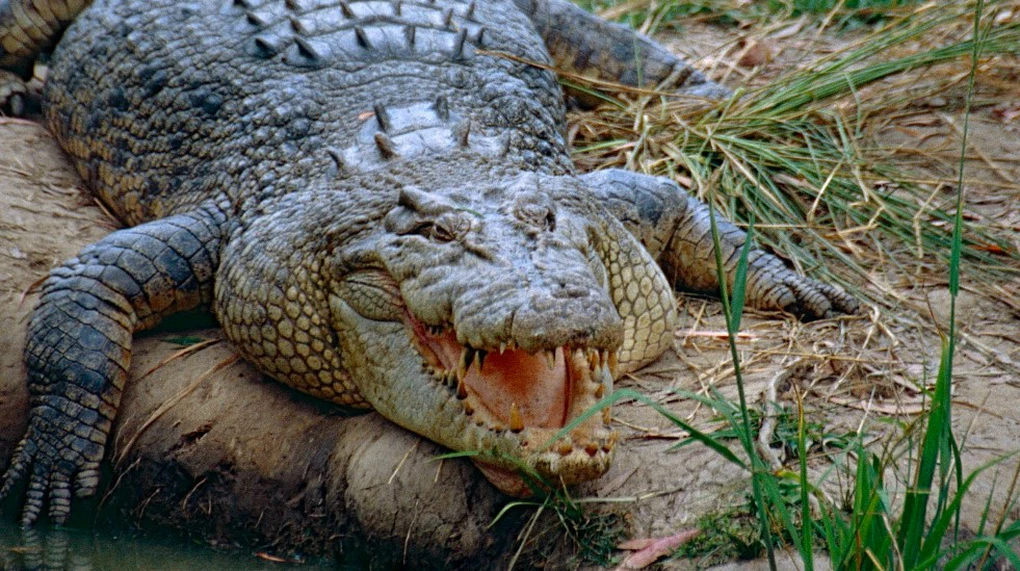
Image source: Culturetrip.com
When you think of Australian crocodiles, what immediately springs to mind? Steve Irwin taming toothy beasts, or Crocodile Dundee wrestling them? Well when it comes to the saltwater crocodile. or 'salties' as they are fondly known as, these are not creatures to be messed with. These smiling assassins are the largest living crocodile in the world, measuring in at a whopping 5 metres! Living in murky waters, they are able to swim at speeds up to 32 kilometres per hour. By the time you catch a glimpse of one, it'll already be too late!
3. Sydney Funnel-Web Spider
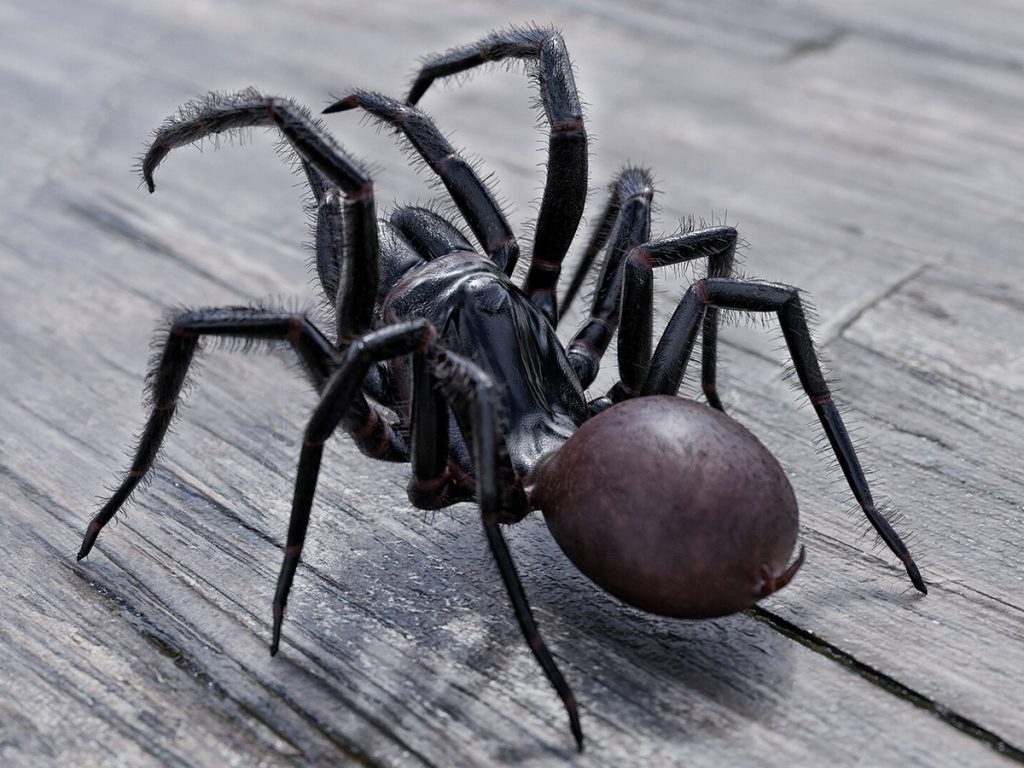
Image Source: manofmany.com
When it comes to spiders, the Sydney Funnel-web is one of the world's deadliest! Named after the funnel shaped webs they spin from their silk to catch their prey, a bite from one of these eight-legged critters, without access to anti-venom, can kill in just 15 minutes. Ever heard of the phrase 'the female of the species is more deadly than the male'? Not the case with funnel webs; a male spider's venom is seven times more potent than that of the female. and don't think that flushing one down the drain will eradicate this pest. Their hairy butts trap oxygen bubbles if they become submerged in water and they can survive for up to three days!
4. Sweet as Honey? European Honey bees
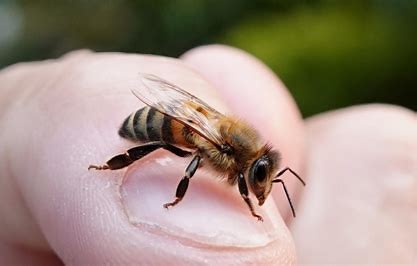
Image Source: MarkEisingBirding.com
European honey bees were introduced into the Australian ecosystem over 200 years ago to help pollinate crops. You might think they look cute and harmless with their stripy fuzzy coats and their busy lifestyle, but don't be fooled! Honey bees, if threatened, will literally die fighting. They leave their stinging barb in the skin, with a whole sac of venom! After this, they then die. You may be surprised to learn that a reaction to a honeybee sting kills more people in Australia every year than an encounter with snakes, spiders and sharks separately.
5. Dicing with Dingoes
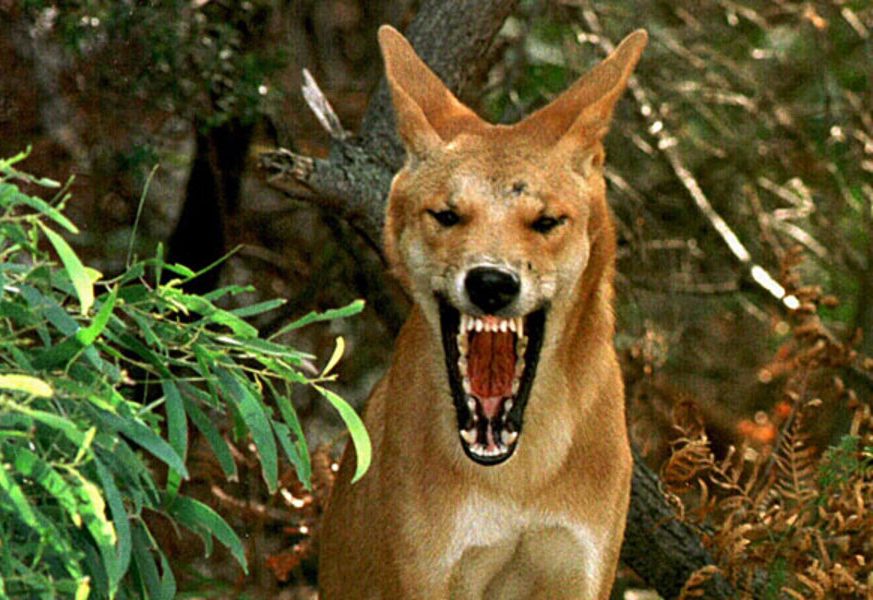
Image source: The Christian Science Monitor.com
They say that dogs are man's best friend, but the same can not be said of the dingo! Although part of the dog family and very similar in appearance, you should never forget that dingoes are wild animals. They are shy and wary of humans by nature, but when people lose fear and approach them, dingoes will attack. This is because they have come to associate humans with food, and will often target young children or people separated from others. So however tempted you may be to befriend a dingo, it is advisable to give them a wide berth.
6. Eastern Brown Snake
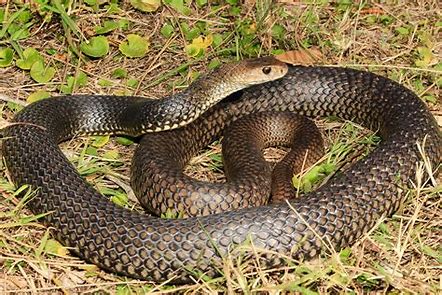
Image Source: southeastsnakercatcher.com.au
The Eastern Brown Snake is thought to be the second most deadly snake in the world, with enough venom to kill 58 humans in one bite! But that's not the only thing you need to worry about if you stumble across one of these 2 metre long serpents; they are speedy, agile hunters who can crush their victim with their powerful bodies. When rearing up to strike, the Eastern Brown Snake raises a third of its body length off the ground and attacks at a height well above the knee. These slithering stalkers are responsible for more snake-bite deaths in Australia than any other snake.
7. Tasmanian Devil
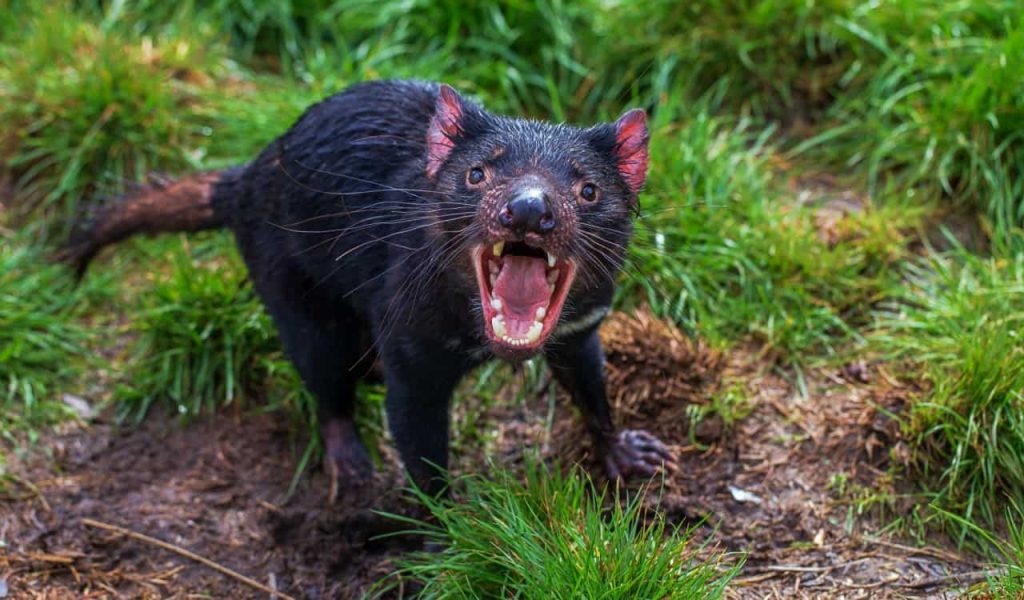
Image Source: sciencesensei.com
Devil by name, and devil by nature, the Tasmanian Devil gets its name from the loud, blood-curdling screaming noises it makes, as well as its aggressive behaviour. Adults grow to the size of a small dog and their jaws are so powerful that they can crush bone or bite through the strongest metal! They also have the most gruesome sleeping habits. They will find the rotting corpse of a dead animal and climb inside for a nap. Then, they can just carry on eating when the wake up. Gross!
8. Box Jellyfish
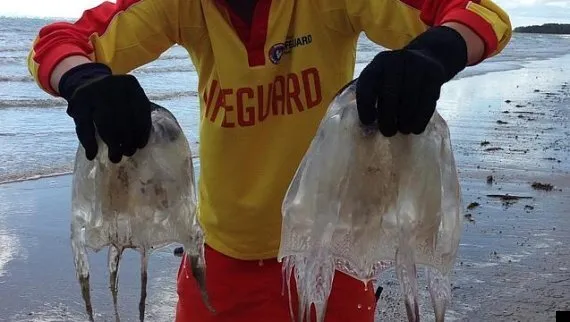
Image Source: Huffingtonpost.co.uk
Who would have thought that a heap of jelly and slippery tentacles could be so deadly? Meet the biggest, baddest and most barbaric jellyfish in the world! The Box Jellyfish doesn't have teeth or even a brain, and yet a sting off one of these gelatinous assassin can bring on a heart attack in minutes. Jellies wrap their tentacles around their victim and inject venom directly into the bloodstream. The venom can render the victim incapable of moving since the body goes into severe shock. Living in the warm waters of the reef, Box Jellyfish are difficult to spot since their bodies are transparent. You need to be on high alert if taking a dip Down Under!
9. White-bellied Sea Eagle
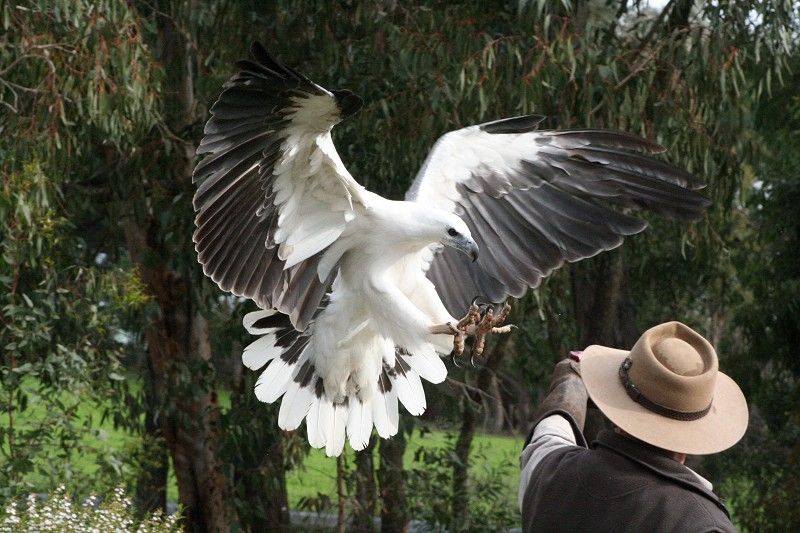 Image Source: Pinterest.com
Image Source: Pinterest.com
With a wing-span of over two metres, the White-Bellied Sea Eagle is a force to be reckoned with. A member of the raptor family, its sharp beak and claws make them very harmful if you come under attack! Being violent and aggressive hunters, they have the instinct to swoop down if they feel their territory is being invaded. Although it is rare, they have been known to attack humans. However, these fearsome predators are also vulnerable too. They are listed as one of Australia's protected species.
10. Stone fish: Masters of Disguise
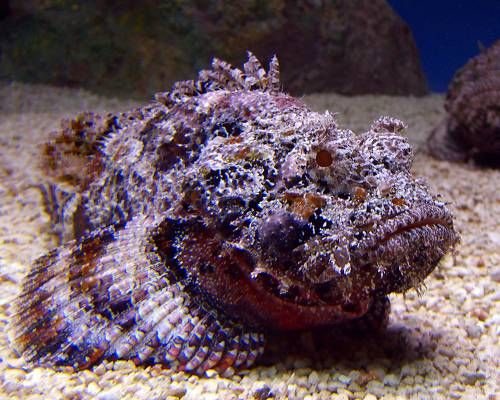
Image Source: Reddit.com
The stonefish is one of the most venomous fish in the world, with the ability to cause excruciating pain to anyone unfortunate enough to step on one. Camouflaging itself on the rocks and corals of the sea bed, this crafty critter is easily mistaken for a stone, hence its name. Their venom is lethal to other marine creatures as well as humans, causing heart failure and paralysis if anti-venom is not delivered quickly. It's not only the venom that strikes as fast as lightning; Stonefish are able to attack their prey in a fraction of a second.
11. Textile Cone Snail
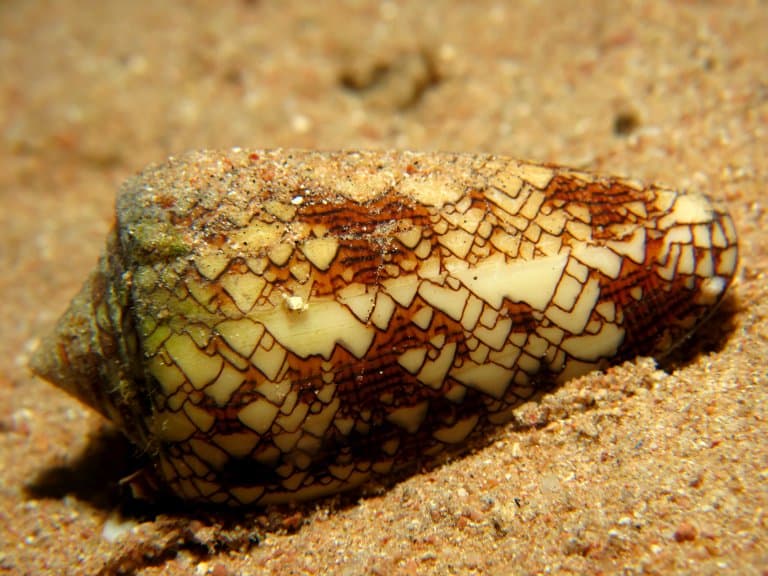
Image Source: Factanimal.com
Don't be fooled by the beauty of the Textile Cone Snail, because all that glitters is not gold. Its ornate shell with gold feather-like patterns hides a deadly secret. It is thought that the venom held within the snail's harpoon-like stinger is potent enough to kill up to 700 people! These menacing molluscs are quick to strike and their stingers are powerful enough to pierce even the thickest wetsuit. However, unlike other poisonous predators, the sting is often painless, and you may not even realise you have been stung until paralysis begins to set in!
12. Miniature menace: The Blue-Ringed Octopus
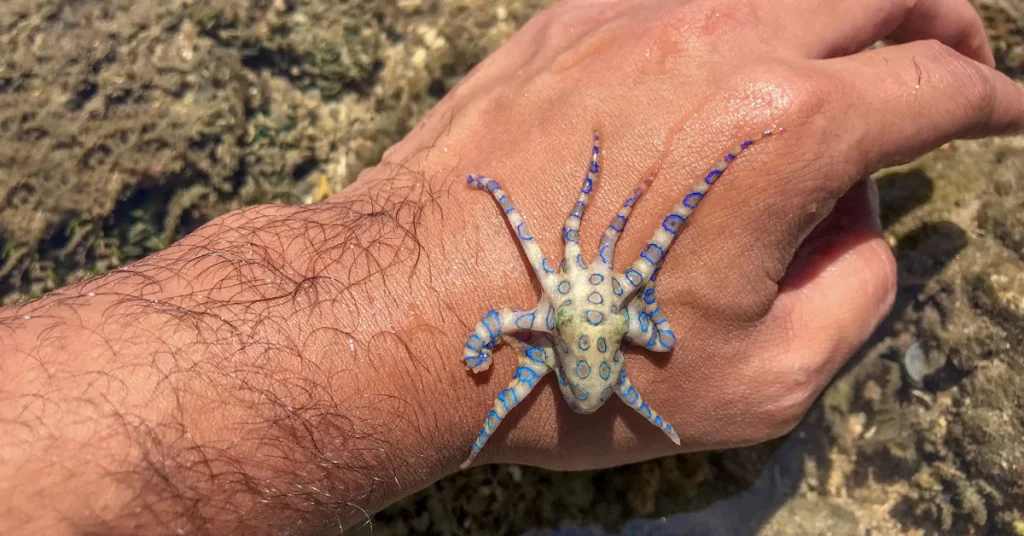
Image Source: reddit.com
When you hear somebody shout 'Bro', it's usually uttered as a greeting from one guy to another. However, hearing this term on an Aussie beach puts a whole new meaning to the word! 'BRO' is an acronym for the Blue Ringed Octopus, and signifies danger, or even a medical emergency. Measuring in, on average, at a mere 10cm diameter, this miniscule monster has enough power to kill over twenty adults! Similar to other marine menaces, the venom contained within the octopus causes paralysis. However, BROs really do not want to attack. They will provide several warnings before they strike, pulsing their vibrant blue ring markings to warn off anyone, or anything venturing too close!
13. Death Adder
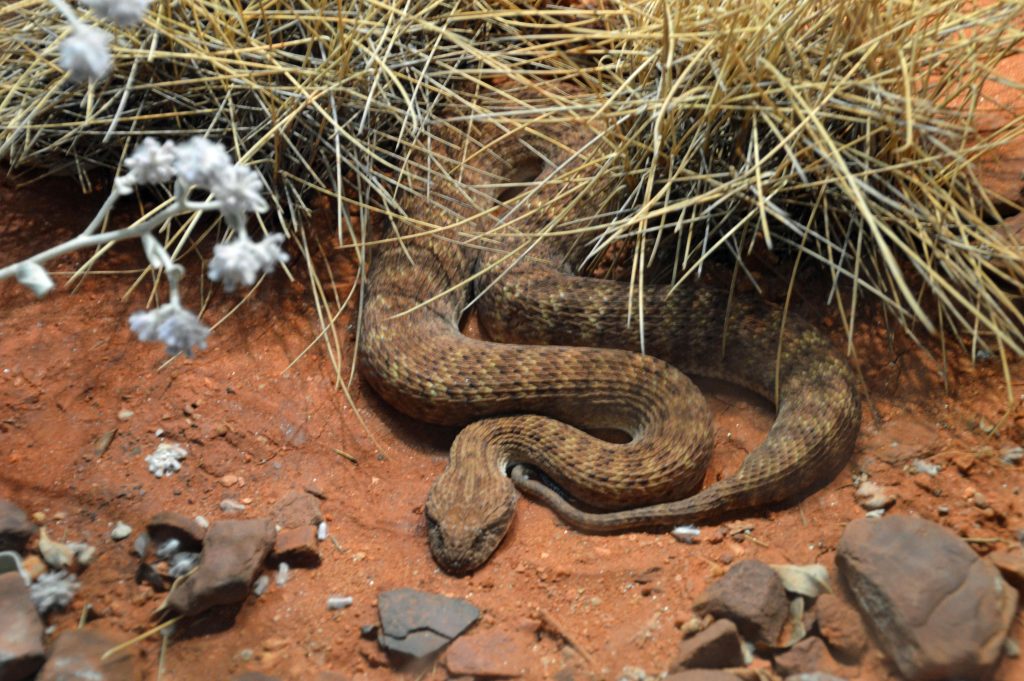
Image Source: Reddit.com
The name of this snake alone is enough to strike fear into anyone's heart! The Australian Death Adder certainly lives up to its name, possessing the longest fangs of any Australian snake, and having one of the fastest strikes in the animal kingdom. Easily recognised by its triangular shaped head, the venom from this slippery customer attacks the lungs, severing connection with the brain and preventing the lungs from inflating. The death adder is also another Australian master of disguise, camouflaging itself in the undergrowth in a statue-like manner for weeks at a time before striking its unsuspecting victim.
14. Redback Spider: The Tiny Terror
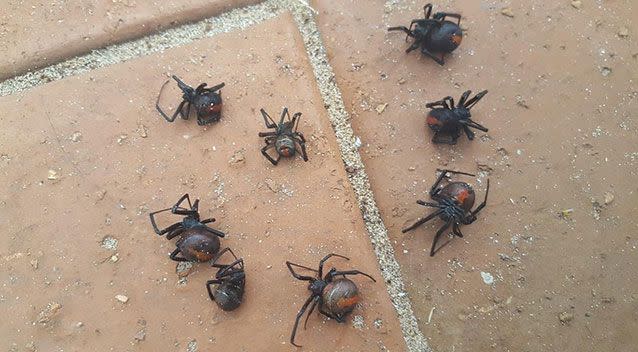
Image Source: au.news.yahoo.com
Excruciating pain, sweating, nausea, headaches... These are just some of the symptoms you will encounter if you are unfortunate enough to fall foul of a bite from the Redback Spider. Measuring in at less than a centimetre, one nip from this tiny terror can leave you in pain for days, although bites are not usually fatal to humans. Yet it is not only humans who have to fear the fangs of the Redback. Dubbed the 'Australian Black Widow', females are renowned for devouring their mate during the mating process.
15. Giant Centipede: The Ultimate Warrior
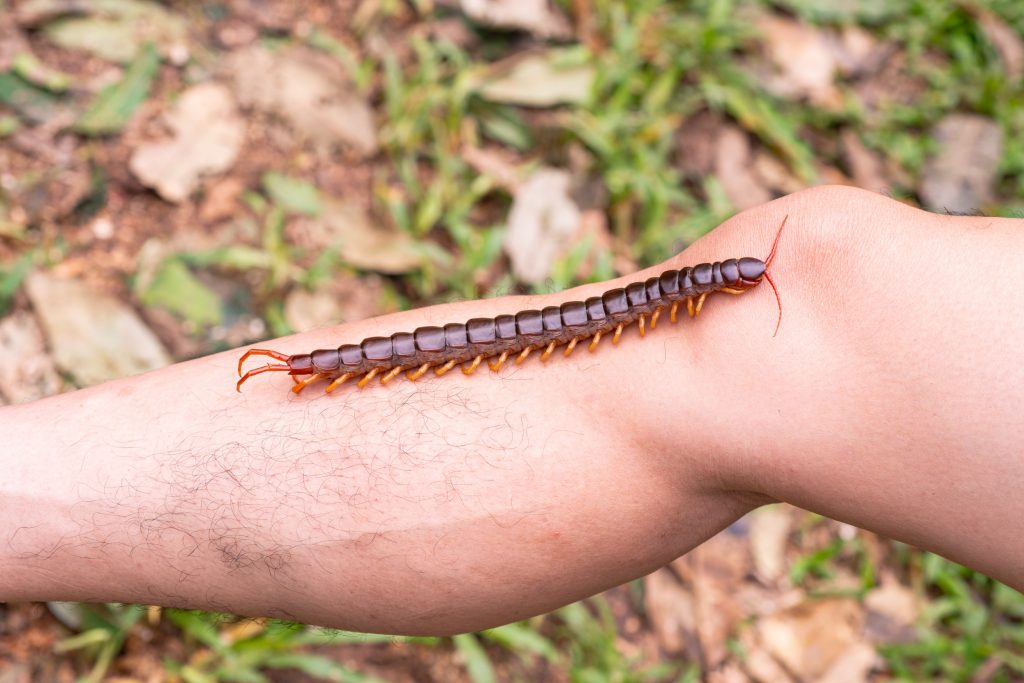
Image Source: Newsweek.com
If you had to design the ultimate animal warrior, what would spring to mind? Armour-plating? Venomous claws attached to multiple legs? The ability to hunt and attack on land, in the sea and catch prey in mid-air? Meet the Giant centipede! Growing to a length of over 30 centimetres, this multi-legged monster injects its venom through its pincer-like claws, acting like hypodermic needles. The venom then gets to work, subduing victims much heavier than themselves.
16. Blue-Bellied Black Snake
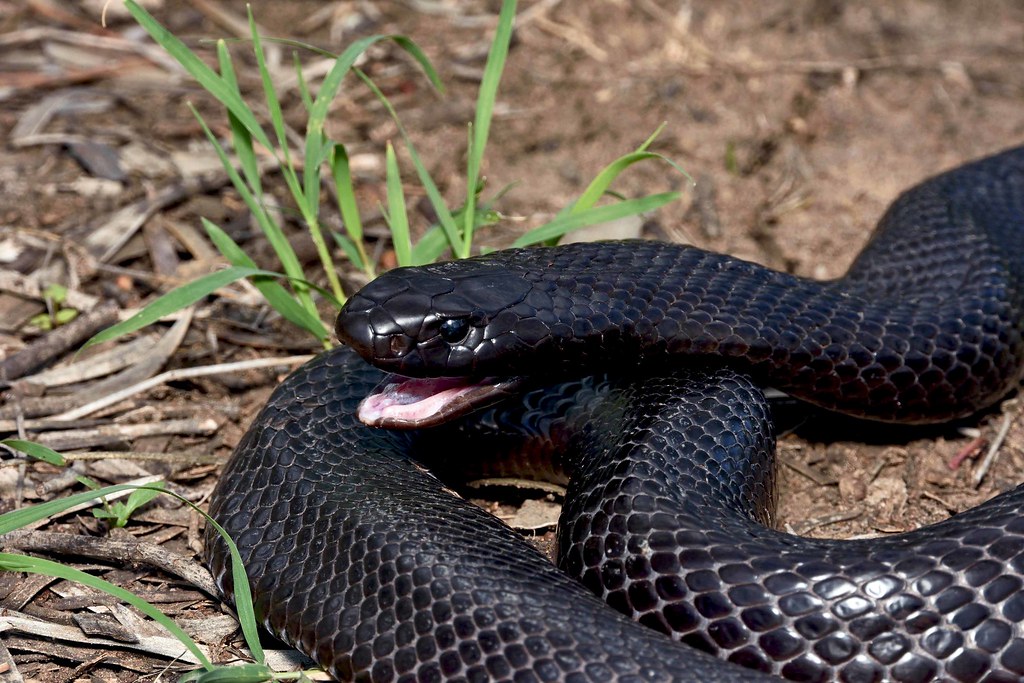
Image Source: Flickr.com
Although packed with deadly venom, the Blue-bellied Black Snake is, by nature, a shy and peaceful creature who really does not want to engage in confrontation. When feeling threatened, it will flatten its body in an S-shape and hiss loudly. If that isn't enough warning to make yourself scarce, then it will strike, but often with a closed mouth. However, if those fangs do make contact, the snake will hang on to its victim, and will even begin to chew, making sure that a good dose of venom is injected. The venom itself is highly toxic and contains, amongst other things, coagulants, which will spread rapidly throughout the body if the victim does not remain perfectly still.
17. Cassowary
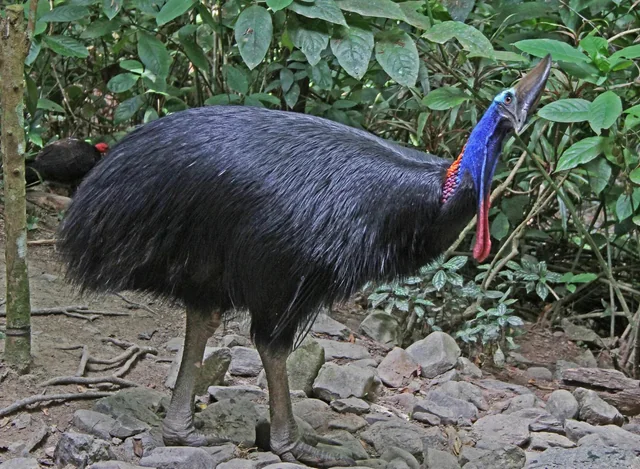
Image Source: Reddit.com
Descending from dinosaurs and possessing an array of weaponry, the cassowary has earned the title of the world's most dangerous bird. Like the ostrich, the Cassowary is a flightless bird and therefore relies on its own defences when faced with a perceived threat. Its head is crowned with a helmet-like casque, or horny growth, which stands up to 17 centimetres tall. In addition, its middle claw grows to an impressive 12 centimetres in length and acts like a dagger. Although generally peace-loving, the Cassowary will dish out a swift karate kick with its powerful legs to anyone attempting to approach them.
18. Australian Paralysis Tick: A nasty little sucker
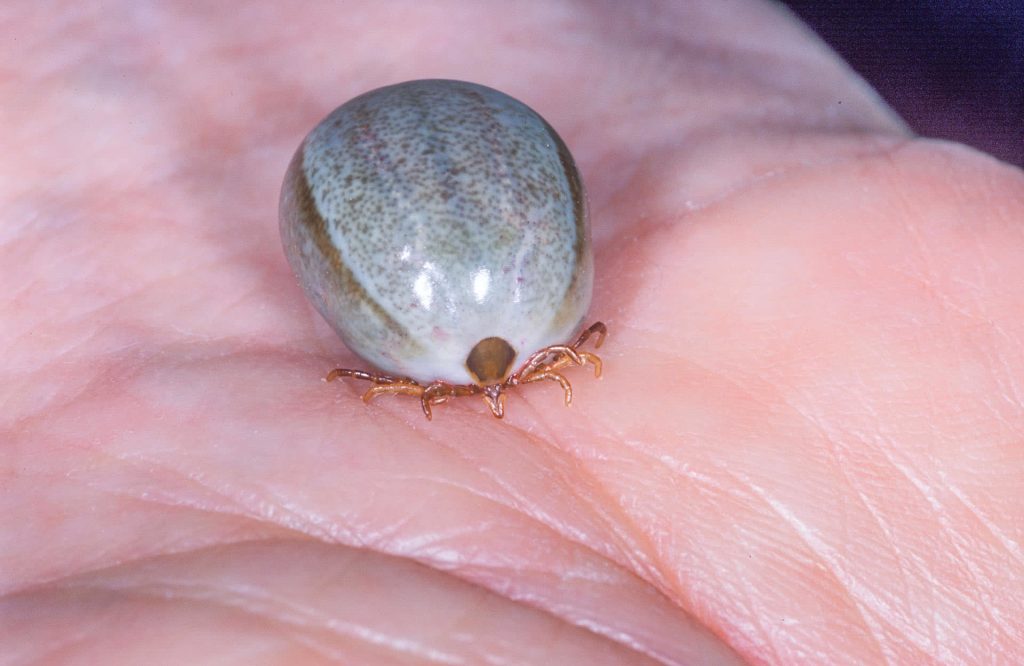
Image Source: weareexplorers.com
This nasty little sucker is the most dangerous tick in Australia. Just about visible to the naked eye, By injecting neurotoxins into its host, it can cause weakened limbs, flu-like symptoms and even paralysis in extreme cases! This tick sets itself apart from other common ticks due to its long, menacing snout, equipped with barbs, which enables it to embed itself within its host. However, a tick would need to be attached for up to five days to inject enough toxins for any real threat of paralysis to occur in humans.
19. Bull Ant
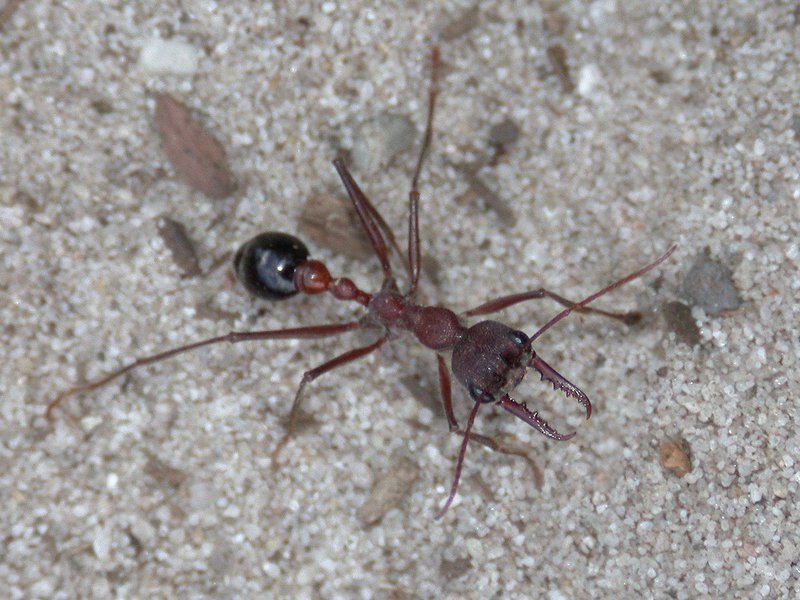
Image Source: Australiamuseum.com
Also known as 'jumper ants' due to their extraordinary ability to jump at intruders who dare to enter its territory, the Bull Ant is infamous Down Under for its aggressive behaviour. You will need to tread very carefully if you find a Bull Ants' nest in your backyard, since they are capable of delivering multiple stings one after the other, and unlike bees, will not die in the process. Their stinger is so powerful that it is able to penetrate through the thickest fabric!
20. Inland Taipan
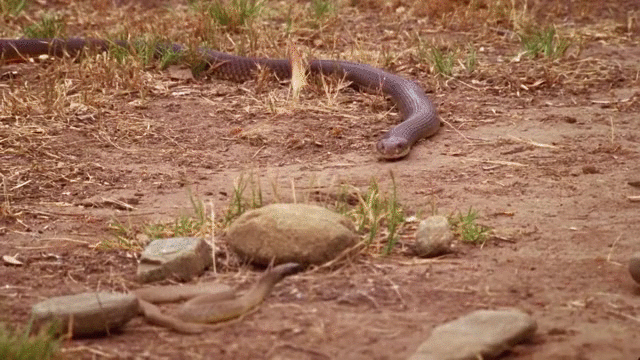
Image Source: Reddit.com
The Inland Taipan is credited as being the most venomous snake in the world, carrying enough venom in one bite to kill up to one hundred men. Their venom is specifically designed to kill warm-blooded mammals, since rats are their main source of food. However, whilst they may be the most venomous, they are not the most dangerous since they tend to live in places rarely inhabited by humans. You would have to be extremely unlucky to stumble across of of these poisonous powerhouses!
21. Trapdoor Spider
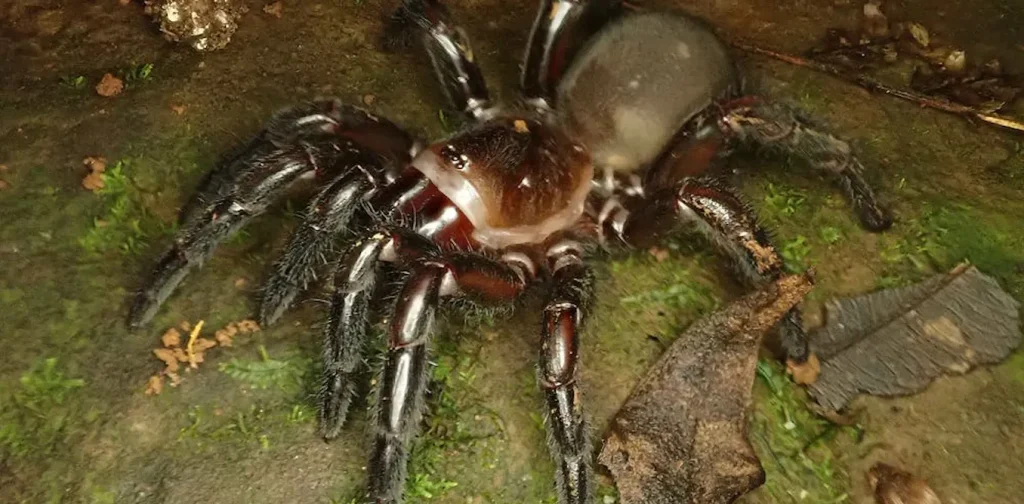
Image Source: theconversation.com
These crafty little critters are the ultimate ambushers! They live underground in burrows and as their name suggests, they camouflage the entrance to their burrow with a silken trap door, tricking their unsuspecting prey into falling inside. Clever huh! Although they look menacing and are classed as venomous, a bite from a Trapdoor Spider will usually only inflict minor pain in humans.
22. Great White Shark
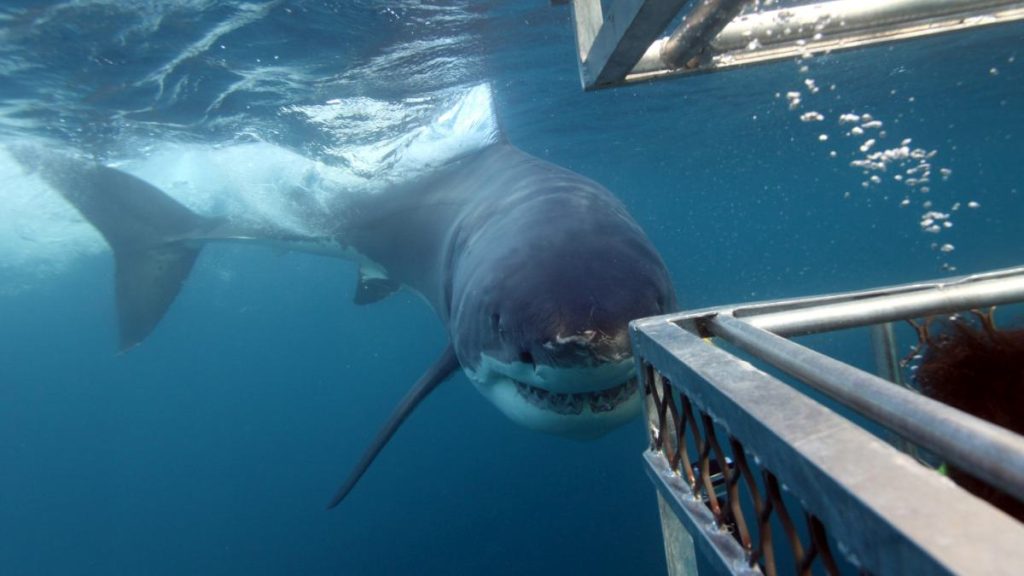
Image Source: Reddit.com
With a top speed of up to 56 kilometres per hour, and growing to a size of 5 metres, it is no wonder that the Great White Shark is such a fearsome marine menace. The Great White can smell blood from up to 5 metres away and are the largest predatory fish in the world. These toothy terrors have 300 serrated teeth, arranged in five rows, which grow to a length of 7 centimetres! And don't think you're safe in the dark either. The Great White has excellent night vision and its eyes even glow in the dark. So just when you thought it was safe to go in the water... think again!
23. Platypus
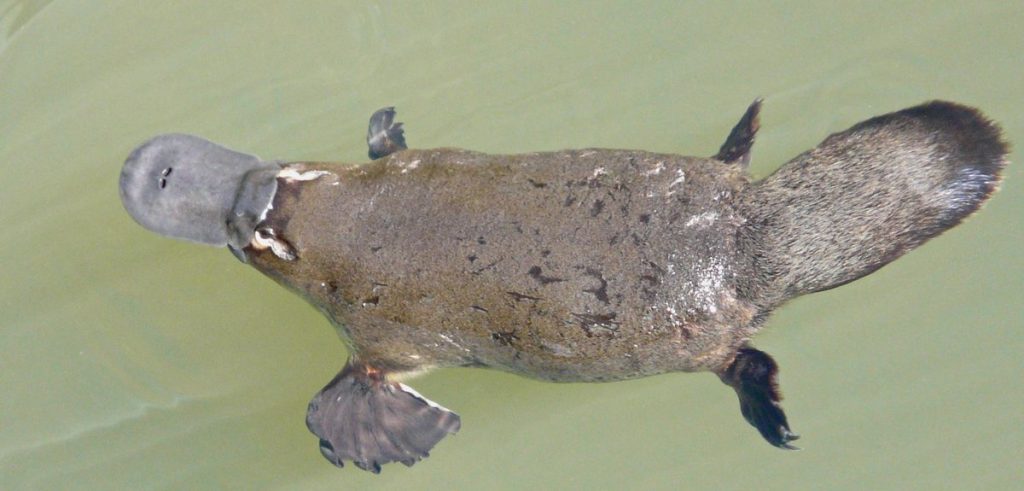
Image Source: Britannica.com
This cute little critter may look cuddly and harmless, but don't be fooled! It is actually the male who you need to be careful around. In his ankle he has a sharp spur that contains enough venom to kill a dog. It can also cause intense pain if you happen to be pierced by the platypus! His sting is far worse than his bite, since the platypus doesn't actually have any teeth. Can you believe that when the Duck-Billed Platypus was first seen, people thought that there were not real, due to its strange appearance, which looks like a number of animals put together!
24. Wild Boar
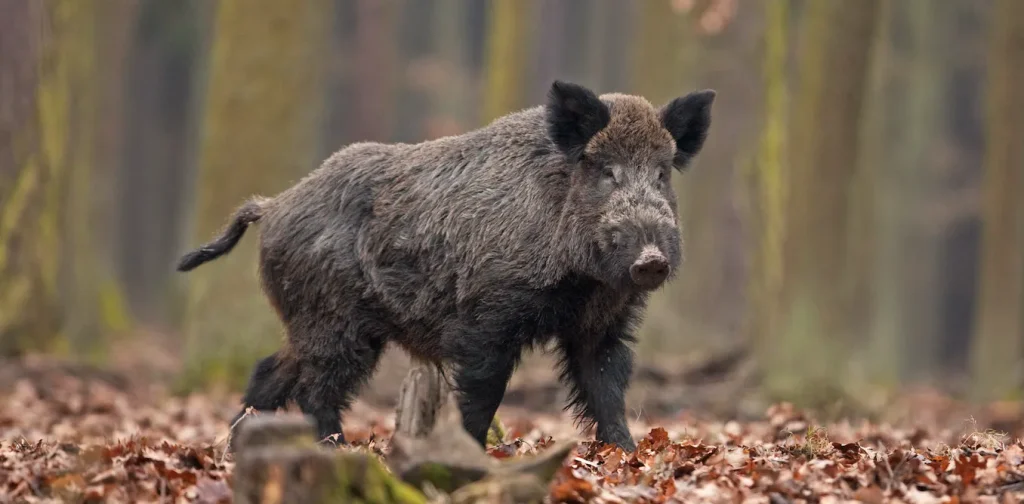
Image Source: theconversation.com
With a population of around six million, the Australian Wild Boar is a real menace! These feral pigs are extremely dangerous if encountered, particularly if they are guarding their young. They can inflict fatal injuries with their sharp tusks and razor-like teeth, and often attack without any warning. And don't think that you can outrun them either. The speedy swine can run at speeds up to 50 kph!
25. Australian Hook-Nosed Sea Snake
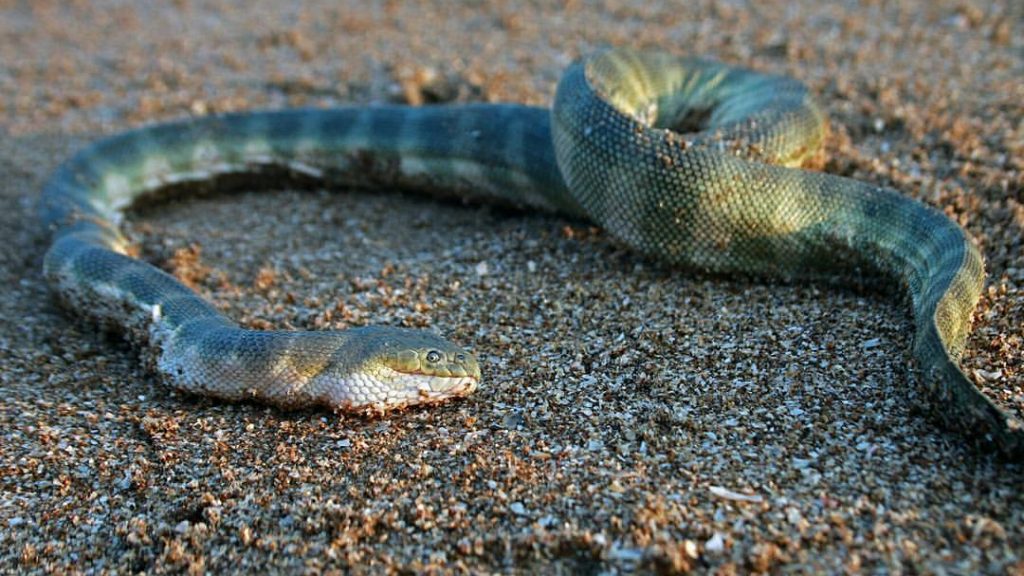
Image Source: bing.com
If you thought you were safe from snakes in the water, then think again! This slithering swimmer is responsible for over half of all bites caused by sea snakes and up to 90% of deaths caused by sea snake bites. Just 1.5 milligrams of venom from this snake is enough to kill 22 men! Storms and tidal currents push sea snakes nearer to the shore, but most sea snakes only attempt to come onto land if they are injured. This can make them even more aggressive to beach walkers since they feel most threatened when vulnerable.
26. Sea Urchin
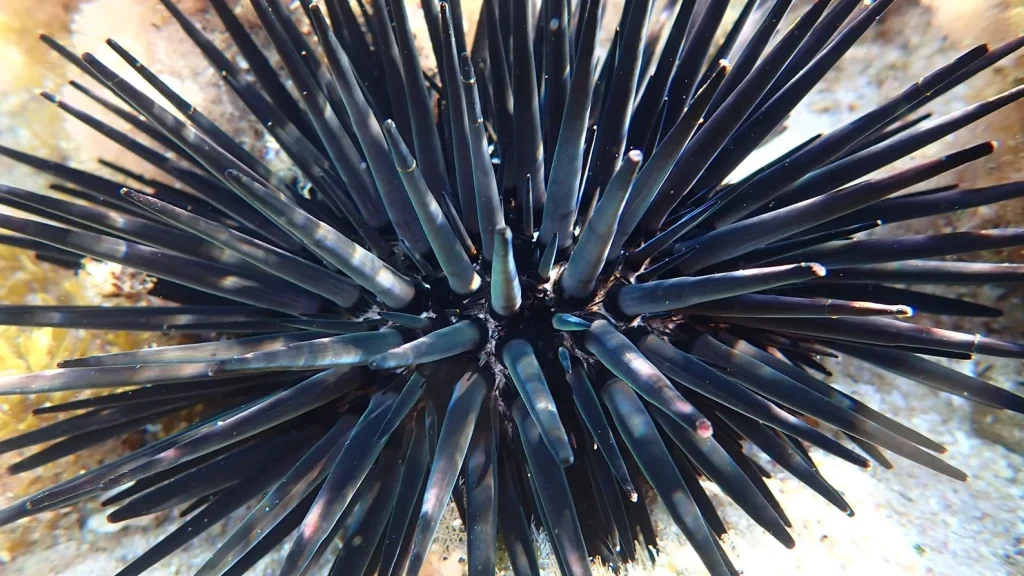
Image Source: Reddit.com
Armed with an array of long venomous spikes, these prickly pests are capable of delivering painful, often medically significant stings if touched or trodden on. Its Latin name is 'toxopneustes', which translates as 'poison breath'. Need we say any more? Flower urchins are the most dangerous of all the sea urchins found lurking amidst the Australian coral reef, but don't let its pretty name fool you! Even a low dose of toxins injected by this little urchin, and you can lead to anaphylactic shock and even death!
27. Lionfish
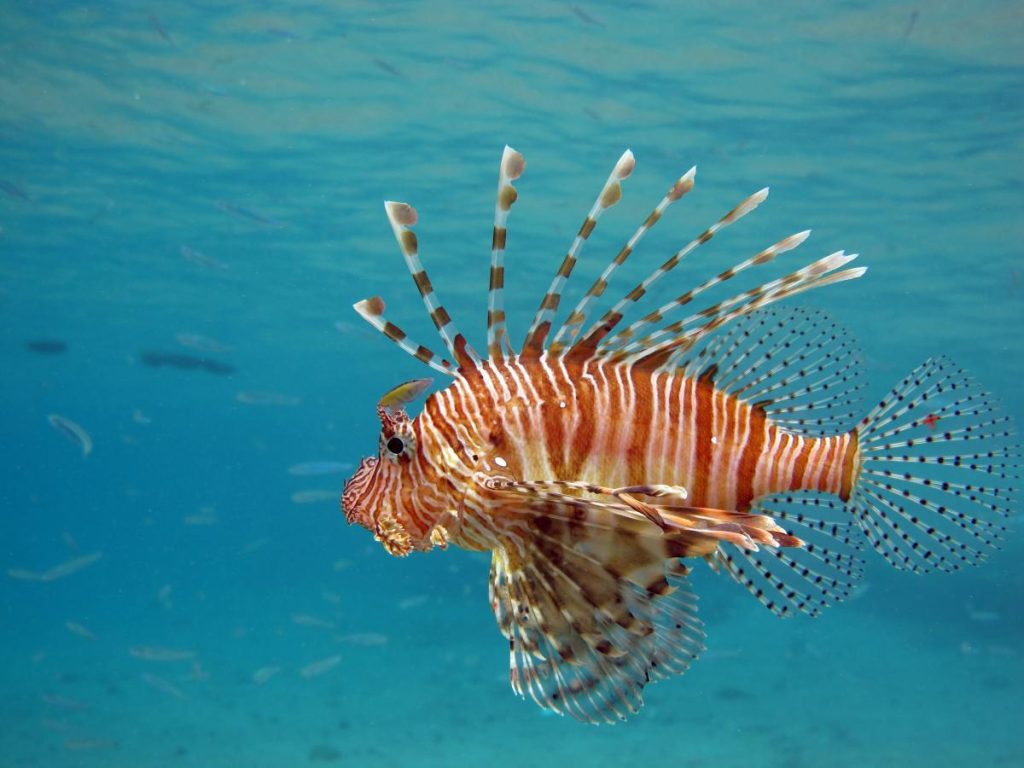
Image Source: Reddit.com
The Lionfish is a magnificent sight to behold, with its striped markings and feathery fins. However, the beauty of this flamboyant fish can be deceiving! The Lionfish has 13 venomous, sharp fins which extend from its spine, which it uses to protect itself from predators. Although a string from a lionfish is rarely fatal, the toxins injected into your body will cause severe pain, nausea and heart palpitations.
28. Tiger Snake
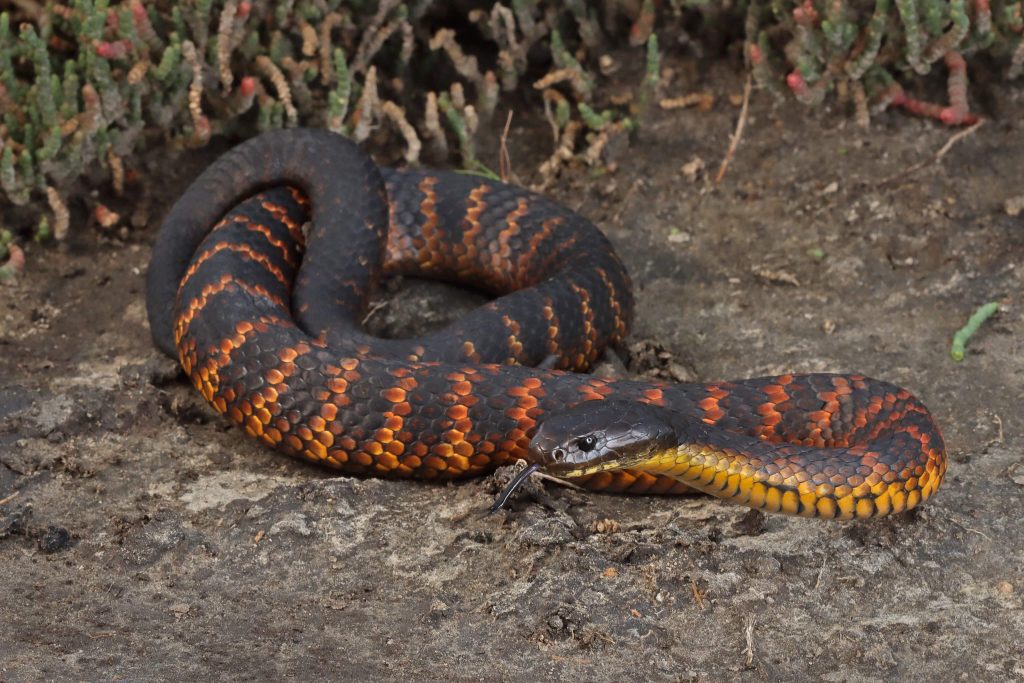
Image Source: Reddit.com
The Tiger Snake is a real tough cookie in the animal world! Although like most snakes, it prefers to avoid confrontation, if it feels threatened, it will puff up its body and strike. Tiger snakes are often found near to human habitation, with many living on farmland or near water. But treat this reptile with respect and you will be fine. The Tiger Snake only accounted for 15% of all snake bites in the last ten years.
29. Tiger Shark
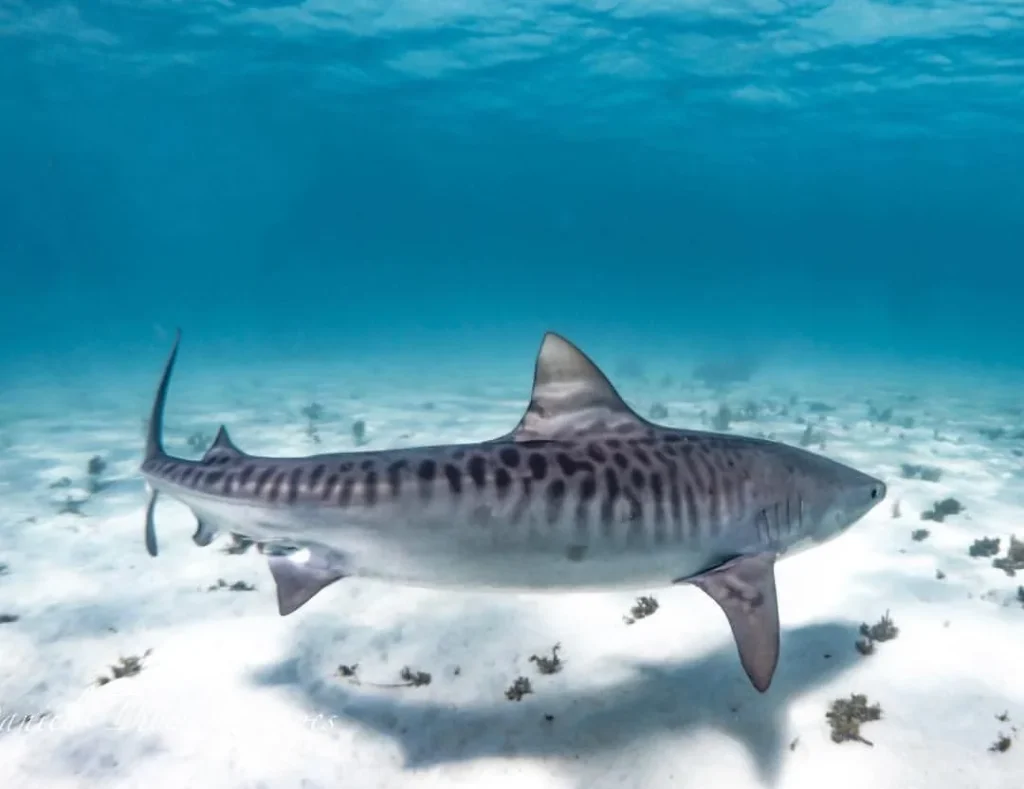
Image Source: Reddit.com
This man-eating marine menace is not something you want to encounter down at the beach! Its saw-like serrated teeth are sharp enough to cut through flesh and bone with ease. The Tiger Shark ranks second in the world for the most attacks on humans and grow to the fearsome size of up to 5 metres in length. However, unless you like to indulge in a little late night skinny dipping, you will probably be safe, since the Tiger Shark tends to hunt mainly at night.
30. Irukandji
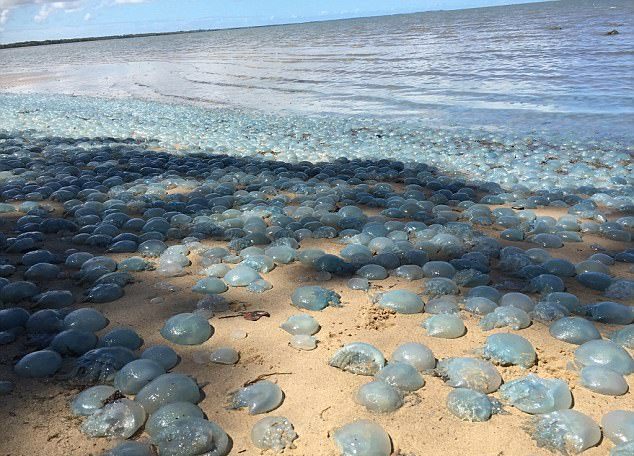
Image Source: DailyMail.co.uk
This little jelly may only be a fraction of the size of other jellyfish, but don't underestimate the power of its sting! Measuring a mere 2.5 centimetres, you may be surprised that its tentacles are able to reach a whole metre when fully extended. A sting from the Irukandji isn't too painful and may be mistaken for a mosquito bite, but in less than an hour you could be battling for your life! And if that isn't bad enough, you could quite well be left with suicidal thoughts for up to two weeks after you have been stung, due to toxics messing with your brain.








 Image Source: Pinterest.com
Image Source: Pinterest.com











 Image Source: Reddit.comWith a top speed of up to 56 kilometres per hour, and growing to a size of 5 metres, it is no wonder that the Great White Shark is such a fearsome marine menace. The Great White can smell blood from up to 5 metres away and are the largest predatory fish in the world. These toothy terrors have 300 serrated teeth, arranged in five rows, which grow to a length of 7 centimetres! And don't think you're safe in the dark either. The Great White has excellent night vision and its eyes even glow in the dark. So just when you thought it was safe to go in the water... think again!
Image Source: Reddit.comWith a top speed of up to 56 kilometres per hour, and growing to a size of 5 metres, it is no wonder that the Great White Shark is such a fearsome marine menace. The Great White can smell blood from up to 5 metres away and are the largest predatory fish in the world. These toothy terrors have 300 serrated teeth, arranged in five rows, which grow to a length of 7 centimetres! And don't think you're safe in the dark either. The Great White has excellent night vision and its eyes even glow in the dark. So just when you thought it was safe to go in the water... think again!






